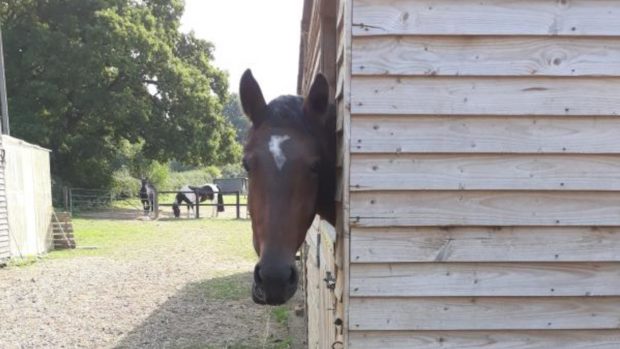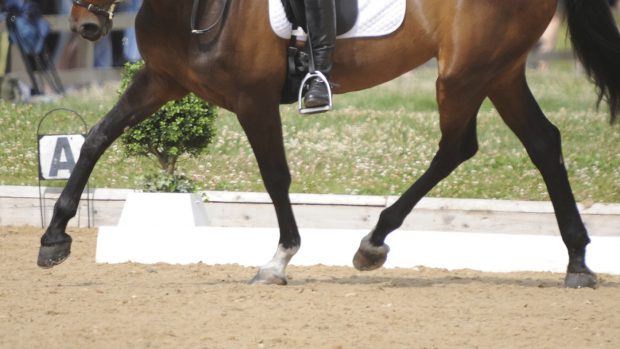Cries of “bureaucracy gone mad” have met a local council’s demand that a Wiltshire horse owner applies for planning permission to exercise and jump horses in his field.
If such incidents arose around the country, equestrian bodies warn that huge numbers of horse owners could face costly red tape, or be discouraged from riding at home and pushed on to roads.
The land in question is currently categorised as for “agricultural use”, meaning it is registered with the government-managed Land Registry as being used primarily for agricultural purposes. The row hinges on whether the field is used more for show jumping than it is for grazing horses or livestock, making it ineligible for agricultural categorisation and thus requiring new permissions.
North Wiltshire District Council last week gave the parents of show jumper Jessica Mendoza, 10 — who jumped last year on an English Home Pony International team — 21 days to lodge a retrospective planning application (for change of use) for their paddock.
The British Show Jumping Association (BSJA), British Equestrian Federation (BEF) and British Horse Society (BHS) warned that if the letter of the law were similarly applied across Britain, it would affect the vast majority of riders who train and keep horses on their own land.
North Wiltshire District Council says a planning application to change the use of land from “agricultural” to “keeping and exercising of horses” will cost £265. A spokesman told Horse & Hound land ceased to be agricultural “when you start importing feed, erecting stables and exercising the horses on it”.
The BSJA’s chief executive, Jacky Wood, said: “It seems ludicrous in the extreme that this child cannot ride her pony in the safety of her field without planning approval. It’s bureaucracy gone wrong.”
BEF chief executive Andrew Finding agreed: “I’ve never heard anything like it before. It’s an extreme approach for the council to be taking and we’re monitoring the situation.”
Advice from Humberts, chartered surveyors and land agents
- The grazing of horses on agricultural land is a primary use, with riding activities, including show jumping, falling under ancillary use, subject to the question of degree
- While show jumps could legitimately remain in a field all year round, the crux of the matter involves the extent to which they are used. If the field is used for show jumping much more than by grazing horses or livestock, it may need reclassifying by seeking a change of use order
- Ancillary equestrian activities for private use do not require planning permission (to “change the use” of the land) — nor does a horse show or event held on agricultural land, providing such events do not take place on more than 28 days per year
- Planning law requires planning consent only for two issues: to change the use of the land and to develop on it (put up permanent structures)
- For the equestrian industry, planning permission (under both the change of use and development rules) would be required for construction of stables or a cross-country course (permanent structures), along with any commercial venture
- Strict reading of planning law also means horses, not defined as livestock, cannot be given supplementary feed on agricultural land. Humberts described strict interpretation of the law as “too far”, saying that it had welfare implications
SUBSCRIBE TO HORSE & HOUND AND SAVE Enjoy all the latest equestrian news and competition reports delivered straight to your door every week. Click here to subscribe now and enjoy 18 issues FREE
|



